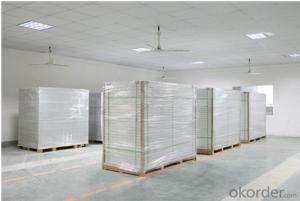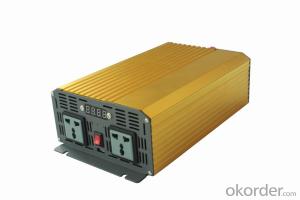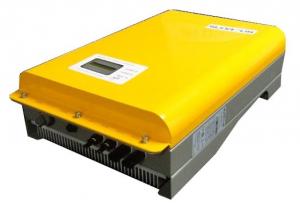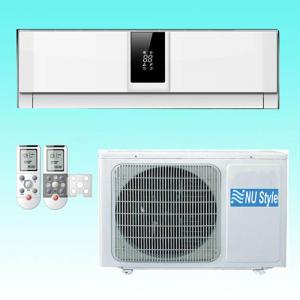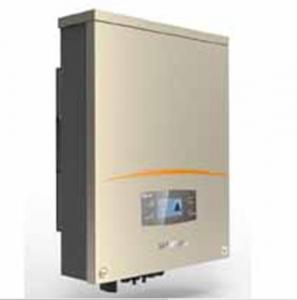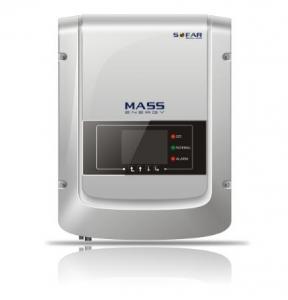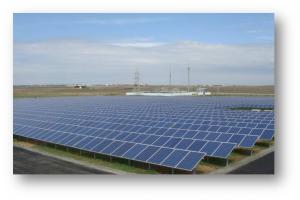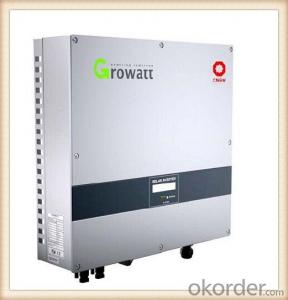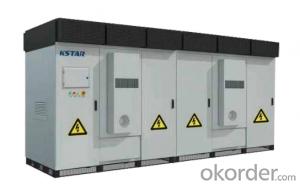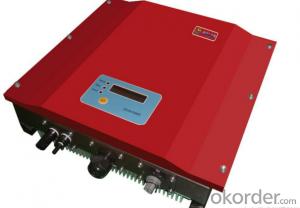Solar Inverter 3.5 Kva
Solar Inverter 3.5 Kva Related Searches
Best Solar Inverter For Rv Mini Solar Inverter For Home Solar Inverter Cost For Home Inverter For Home Solar Cover For Solar Inverter Solar Battery For Inverter Wifi Device For Solar Inverter Inverter For Off Grid Solar Hs Code For Solar Inverter Canopy For Solar InverterHot Searches
Solar With Inverter Price Solar Inverter With 2 Battery China Mppt Solar Inverter Power One Solar Inverter Price Solar Inverter Charger Price Sine Wave Solar Inverter Price Mppt Solar Inverter Price Solar Inverter 3000w Price Solar Power Inverter Types Solar Power Inverter Suppliers Solar Inverter Emergency Power Solar Power Inverter Companies Power Factor Solar Inverter Solar Inverter Power Factor Solar Inverter Backup Power Tesla Solar Power Inverter Solar Inverter Sine Wave Solar Inverter For Laptop Solar Inverter For Fridge Best Solar Inverter In ChinaSolar Inverter 3.5 Kva Supplier & Manufacturer from China
Okorder.com is a professional Solar Inverter 3.5 Kva supplier & manufacturer, offers integrated one-stop services including real-time quoting and online cargo tracking. We are funded by CNBM Group, a Fortune 500 enterprise and the largest Solar Inverter 3.5 Kva firm in China.Hot Products
FAQ
- Yes, a solar inverter can be used with a ground-mounted solar panel system. The solar inverter is responsible for converting the DC (direct current) produced by the solar panels into AC (alternating current) that can be used to power appliances and feed into the electrical grid. Whether the solar panels are mounted on the ground or on a rooftop, the solar inverter plays a crucial role in the overall functioning of the system.
- The role of a solar inverter in net metering is to convert the direct current (DC) electricity produced by solar panels into alternating current (AC) electricity that can be used to power homes or businesses. It also allows any excess electricity generated to be fed back into the grid, enabling net metering and allowing the owner to receive credits or compensation for the excess energy provided.
- Harmonic distortion affects the performance of a solar inverter by introducing unwanted frequencies and distortion in the output waveform. This can lead to reduced efficiency, increased power losses, and potential damage to connected electrical devices. It can also cause electromagnetic interference and compatibility issues with the utility grid or other connected systems. Therefore, minimizing harmonic distortion is crucial to ensure optimal performance and reliable operation of a solar inverter.
- No, a solar inverter cannot work without sunlight as it requires solar energy to convert the direct current (DC) generated by solar panels into alternating current (AC) that can be used to power electrical devices.
- The role of a solar inverter in a community solar project is to convert the direct current (DC) electricity generated by the solar panels into alternating current (AC) electricity that can be used to power homes and businesses. It also ensures that the electricity is synchronized with the utility grid and optimizes the efficiency of the solar power system.
- Yes, a solar inverter can be used with a solar-powered agriculture system. A solar inverter is an essential component that converts the direct current (DC) electricity generated by solar panels into alternating current (AC) electricity, which is compatible with most electrical appliances and equipment. In the context of a solar-powered agriculture system, a solar inverter would be necessary to convert the electricity produced by the solar panels into the appropriate form for powering agricultural machinery, irrigation systems, or any other electrical needs on the farm.
- Yes, a solar inverter can be used with building-integrated photovoltaic systems. The solar inverter converts the direct current (DC) electricity generated by the photovoltaic panels into alternating current (AC) electricity that can be used to power the building or be fed into the grid.
- There are several reasons why surge protection is extremely important in a solar inverter. Firstly, solar inverters have the responsibility of converting the direct current (DC) generated by solar panels into alternating current (AC) that can be used to power electrical devices. This conversion process can potentially cause power surges or voltage spikes. If these surges occur, they can harm the sensitive electronic components inside the inverter, resulting in malfunctions or even complete failure. Secondly, solar inverters are often connected to the electrical grid, which allows excess electricity produced by the solar panels to be sent back into the grid. However, the grid is susceptible to power fluctuations and surges caused by lightning strikes, utility switching, or other external factors. Without sufficient surge protection, these power surges can travel back through the grid and cause damage to the solar inverter. Furthermore, surge protection is crucial for safeguarding the entire solar power system. Apart from the solar inverter, there are other interconnected components like charge controllers, battery systems, and monitoring equipment. Any surge occurring in any part of the system has the potential to damage or disrupt the operation of the entire system. By incorporating surge protection devices like surge suppressors or surge arresters into the solar inverter, excess energy from power surges is diverted away from the sensitive electronic components. These devices are specifically designed to absorb or redirect the surge, thereby shielding the inverter and other connected equipment. In conclusion, surge protection is of utmost importance in a solar inverter as it prevents damage from power surges during the conversion process, provides protection against external power fluctuations from the grid, and safeguards the entire solar power system. Investing in proper surge protection ensures the long-lasting and reliable functioning of the solar inverter, minimizing the risk of expensive repairs or replacements.




